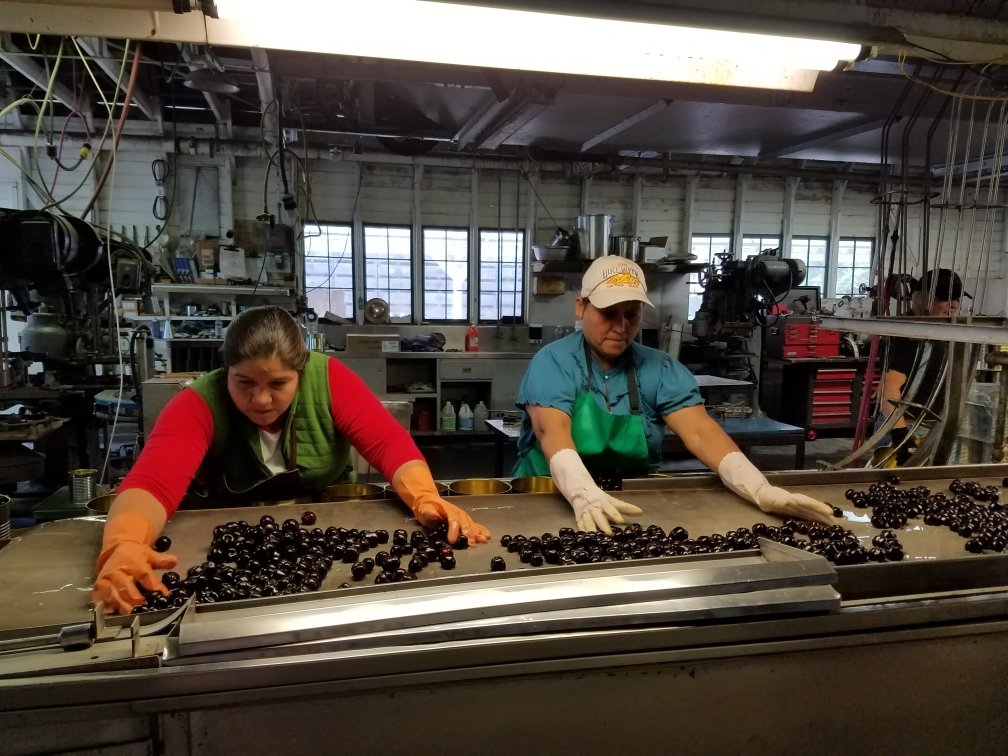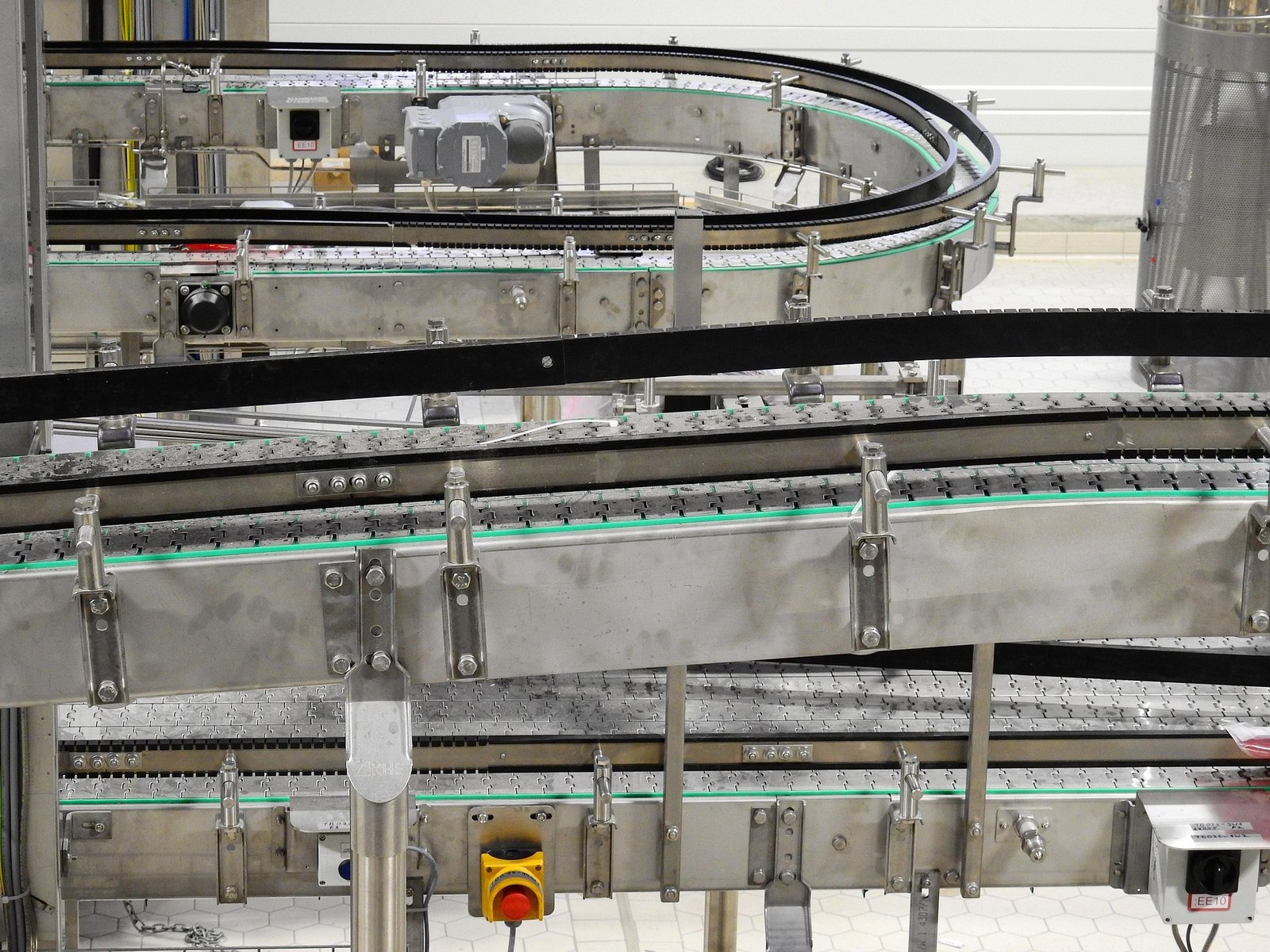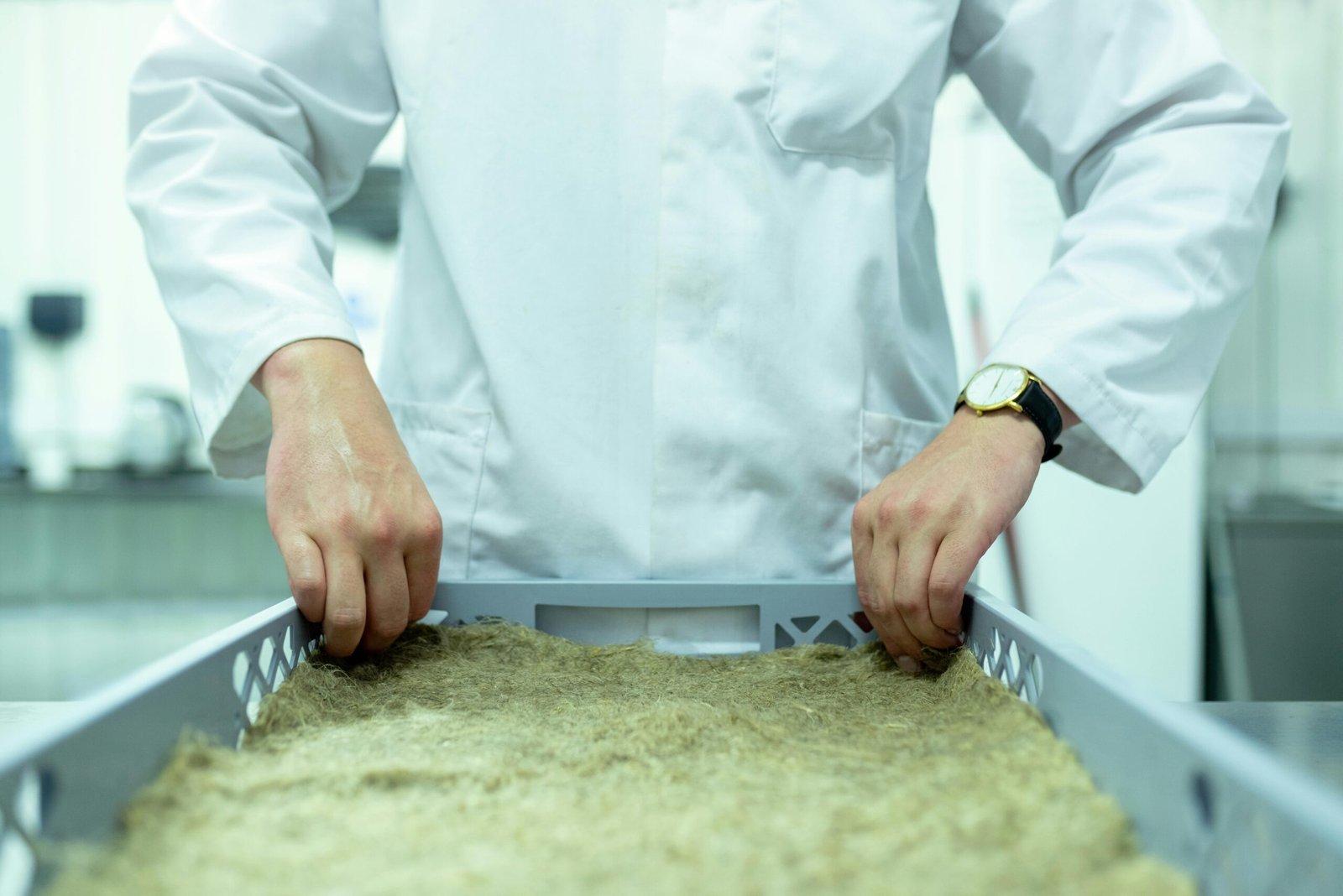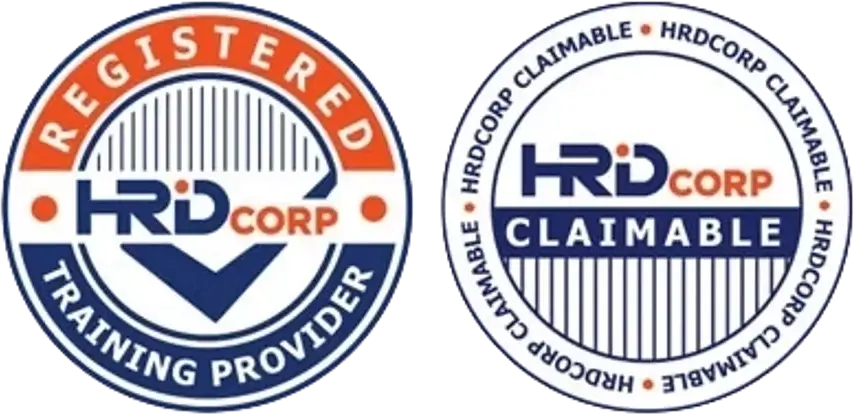How Do You Prove Effective Control of Outsourced Processes in ISO 22000?
In today’s food industry, many businesses outsource processes such as raw material handling, transport, pest control, or even part of production. Under ISO 22000, outsourcing does not reduce your responsibility — you are still accountable for food safety compliance.
So how do you prove effective control of outsourced processes? Let’s break it down.

🔎 Why Outsourced Processes Are a Risk in ISO 22000
-
Loss of direct control over food safety practices
-
Inconsistent supplier or contractor standards
-
Poor documentation of outsourced activities
-
Gaps in traceability when external parties are involved
-
Risk of regulatory non-compliance if suppliers fail audits
✅ Key Requirements Under ISO 22000
-
You remain responsible for food safety, even if work is outsourced
-
Outsourced activities must be included in the Food Safety Management System (FSMS)
-
Clear agreements and documented procedures are required
-
Verification and monitoring must be continuous, not one-time
📌 How to Prove Effective Control of Outsourced Processes
-
Define Scope Clearly
-
Document which processes are outsourced
-
Show how they impact food safety hazards and CCPs
-
-
Supplier Qualification & Approval
-
Conduct supplier audits before approval
-
Verify licenses, certifications (e.g., HACCP, GMP, ISO 22000)
-
Maintain an approved supplier list
-
-
Written Agreements & Contracts
-
Include food safety clauses in contracts
-
Specify roles, responsibilities, and compliance requirements
-
Define communication and escalation procedures
-
-
Verification & Monitoring
-
Schedule regular supplier audits or site visits
-
Review test reports, cleaning records, and monitoring logs
-
Track nonconformities and corrective actions
-
-
Integration into HACCP/FSMS
-
Include outsourced processes in hazard analysis
-
Ensure CCP monitoring covers external activities
-
Maintain traceability of outsourced steps
-
-
Performance Review
-
Establish KPIs (complaints, delivery quality, rejections)
-
Conduct periodic supplier evaluations
-
Review during management review meetings
-
-
Documentation & Evidence
-
Supplier audit reports
-
Records of corrective actions taken
-
Contracts, certificates, and compliance letters
-
Meeting notes with outsourced providers
-
⚠️ Common Mistakes to Avoid
-
Assuming supplier’s certificate is enough proof
-
Not verifying if subcontractors are involved
-
Failing to update hazard analysis when outsourcing changes
-
Treating supplier audits as a one-time activity

🌍 Why This Matters for Export & Global Clients
-
International buyers demand evidence of supplier control
-
Helps meet requirements under FSSC 22000 and GFSI schemes
-
Reduces risks of rejected shipments due to weak supply chain management
-
Builds buyer confidence in your reliability and food safety system
💬 Final Thought:
Outsourcing can improve efficiency, but under ISO 22000 certification you must prove control, not just assume it. With proper contracts, monitoring, and documentation, you can show auditors — and customers — that your food safety system extends beyond your factory walls.


